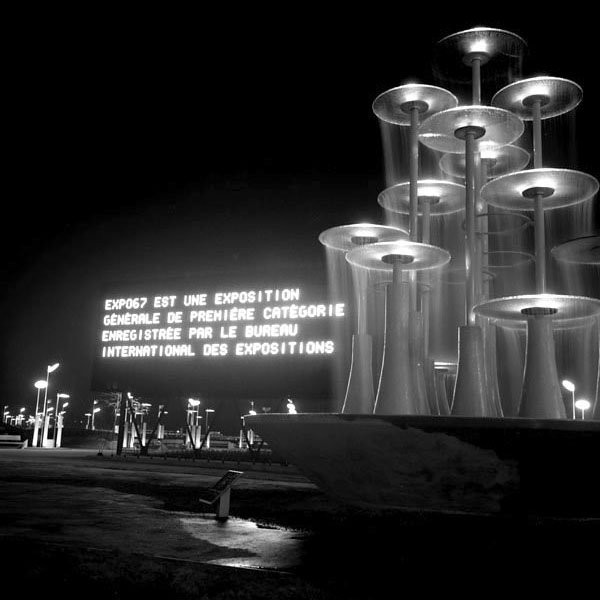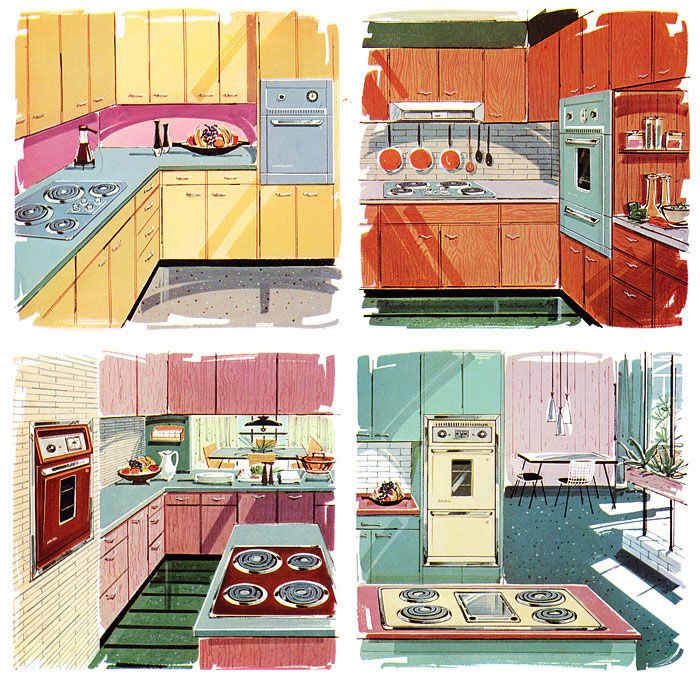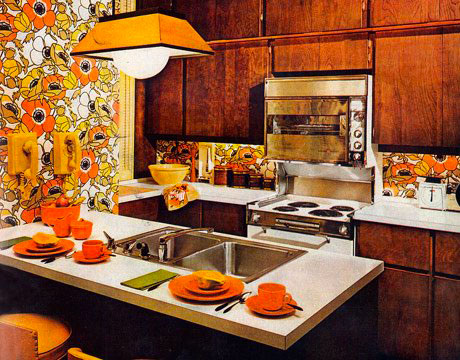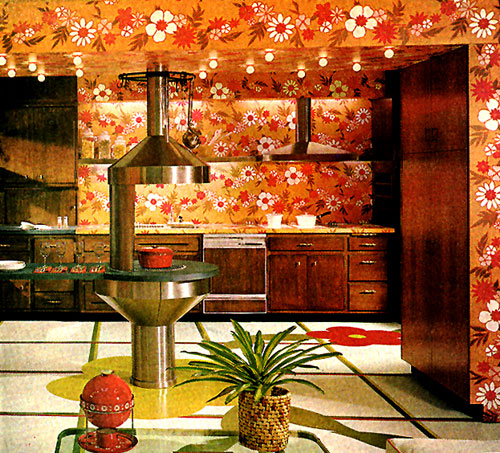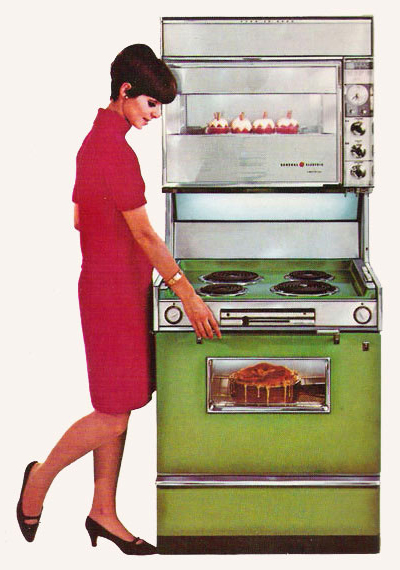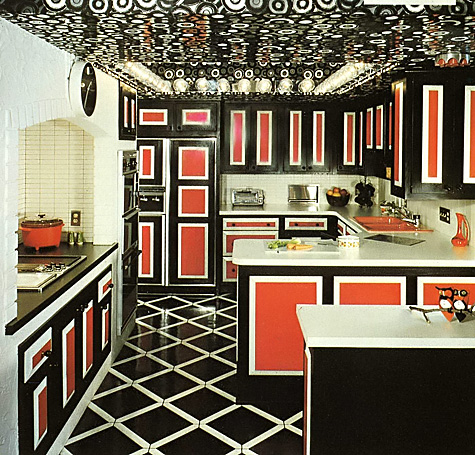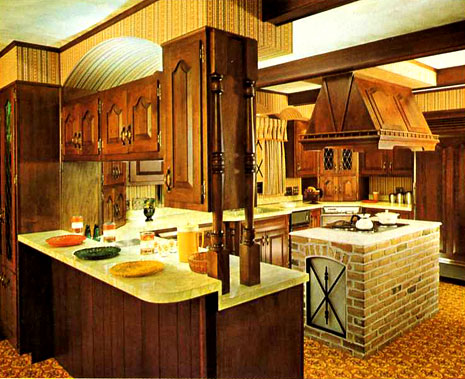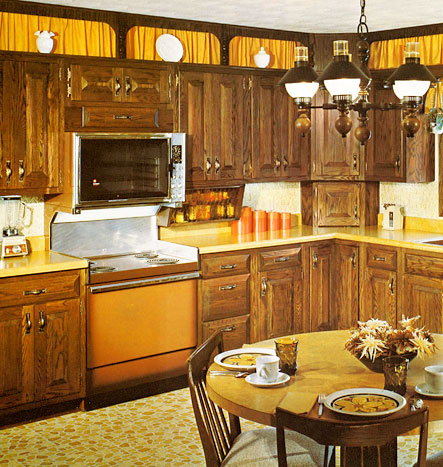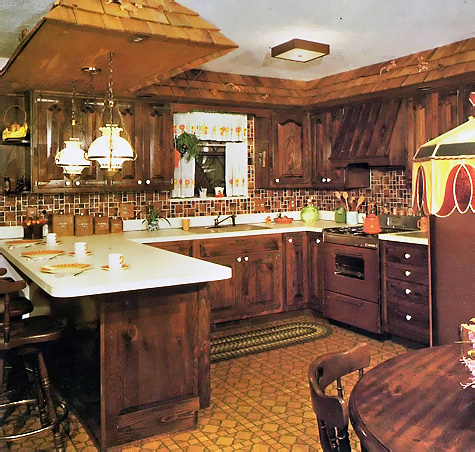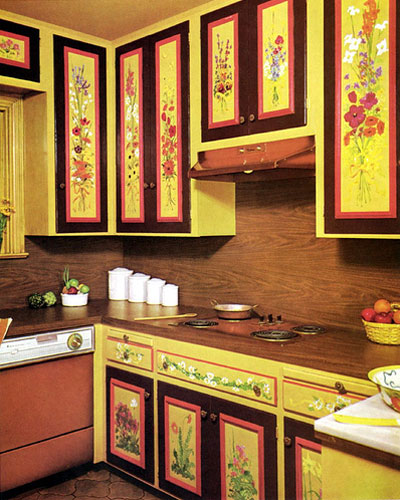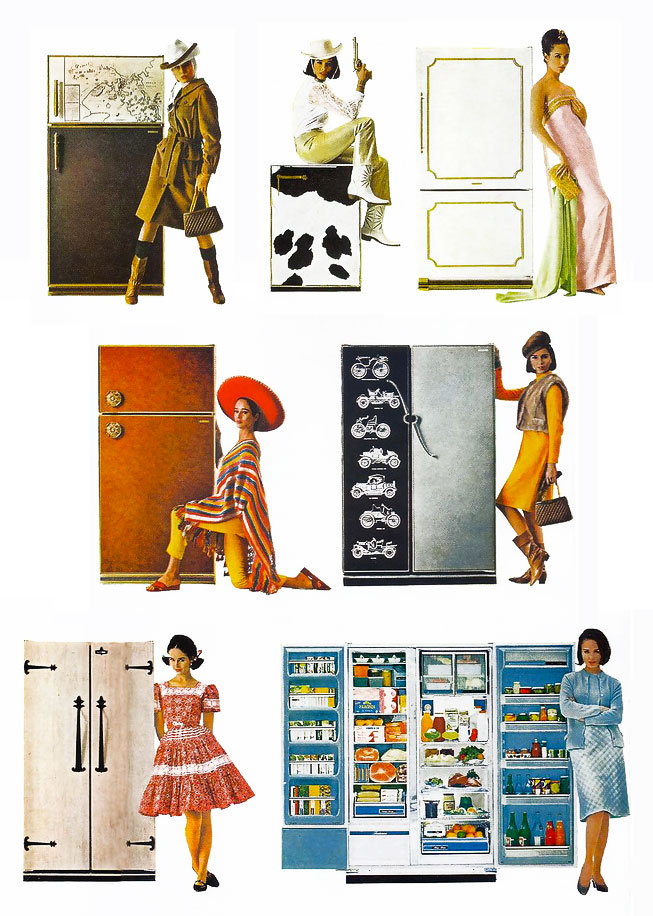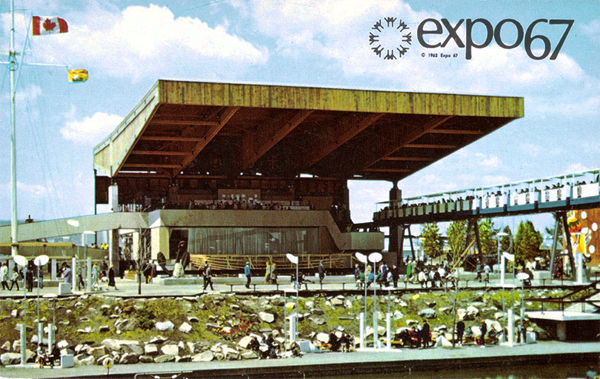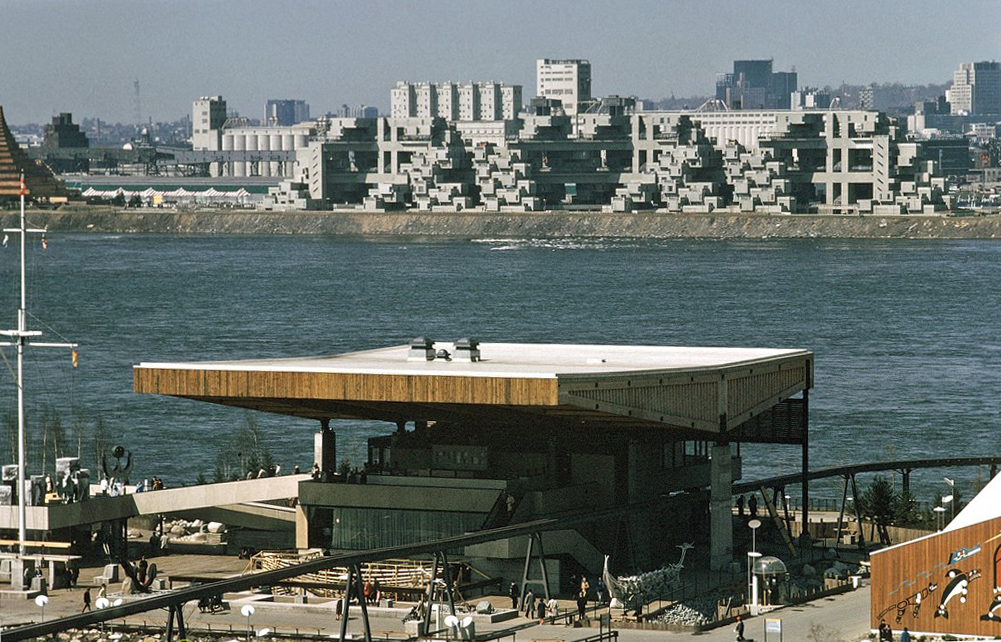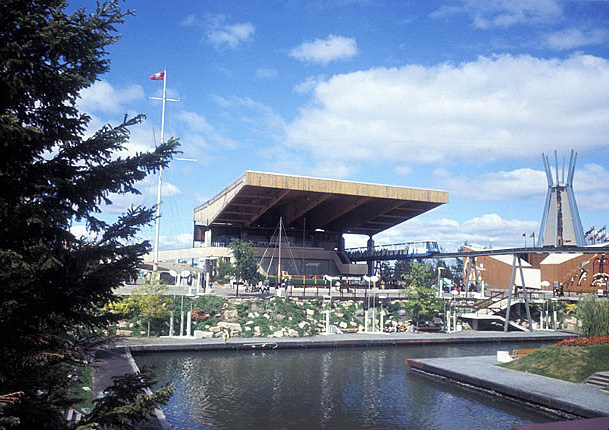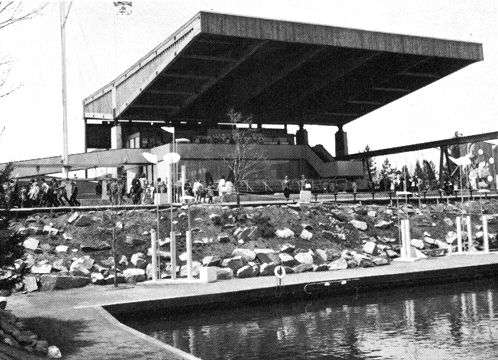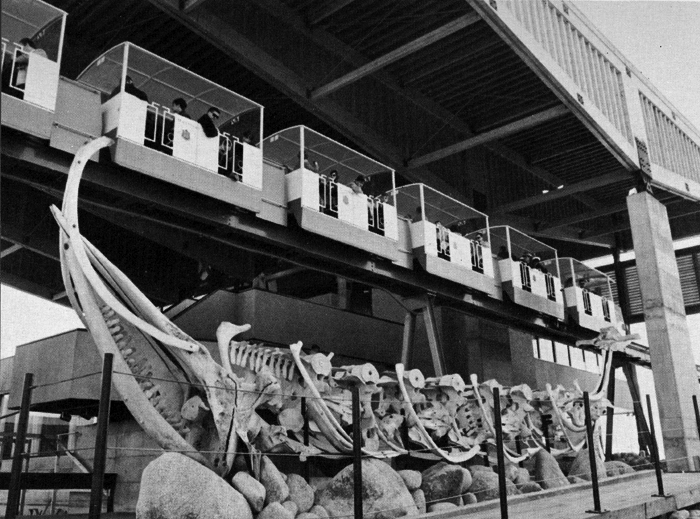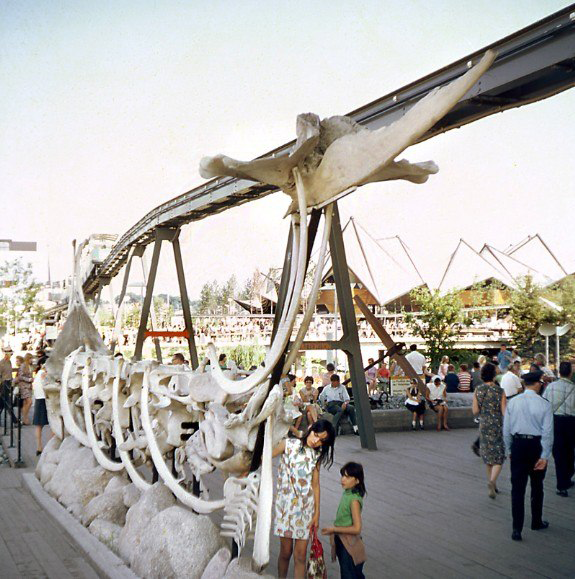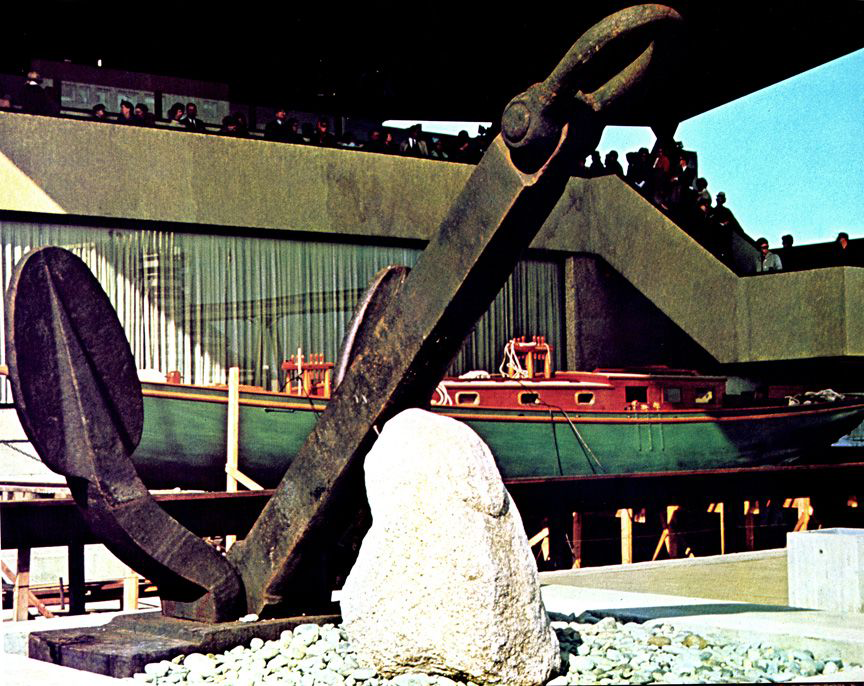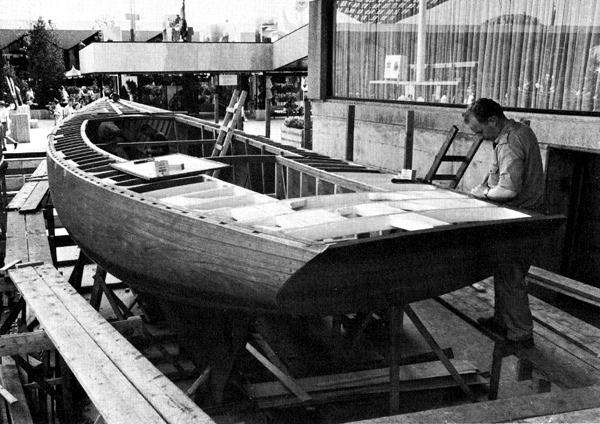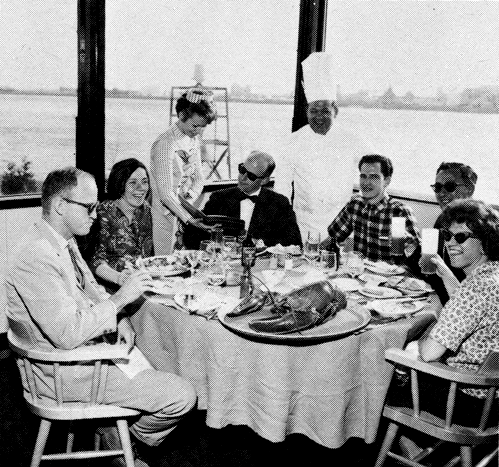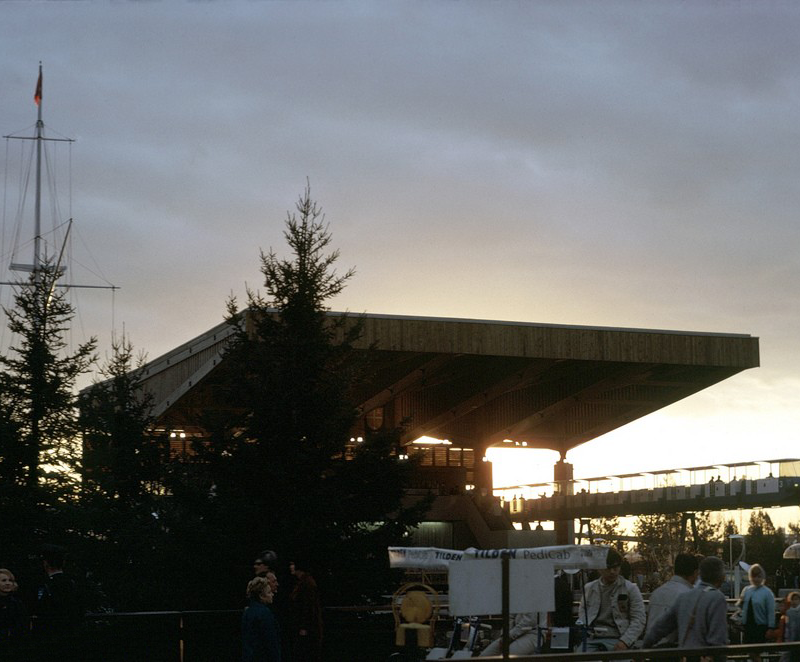Nowadays, it's commonplace for a world exhibition to call itself "Expo". Interestingly, the appellation actually originated at Montreal's Expo 67.
In an email correspondence, Yves Jasmin recalls how the name came to be:
In an email correspondence, Yves Jasmin recalls how the name came to be:
'The official name was "The 1967 Universal and International Exhibition in Montréal / L'Exposition universelle et internationale de 1967 à Montreal". A bit of a mouthful. It needed a more convenient name.'
"World's Fair" would have been the obvious choice, but the organizers of Montreal's exhibition did not want to call it a "fair". Yves explains:
'The New York World’s Fair (1964-65) was in full swing and fairs have a commercial overtone while the Montreal event was thematic and NOT a fair.'
He goes on to credit Montreal Mayor Jean Drapeau for the idea of "Expo 67":
'Mayor Drapeau suggested the name "Expo 67", recalling a 1937 Maurice Chevalier song "La p'tite dame de l'Expo", a girlfriend he had met at the spectacular 1937 "specialized" exhibition [Les Arts et Métiers] in Paris. Drapeau's suggestion carried unanimity.'
Yves stresses that "Expo 67" had a chilly reception from the English press:
'I waged a three-year battle with the Gazette and the Montreal Star who fought hard to get Expo to change its name to 'Montreal World's Fair'. For two of those years we were in direct conflict with the New York World's Fair, still the Montreal English speaking journalists fought "Expo" tooth and nail, saying that "Expo'' sounded like a new brand of cigarette, that "Expo" did not convey the significance of an exhibition, etc.'
The legacy of the word "Expo" would be assured in 1970, as Yves explains:
'When Japan had its 1970 World Exhibition, they asked our permission to call it "Expo 70". It was a very gracious move on their part. We didn't even have the creative rights of the name. And now Expo has become a household word all over the world'...
UPDATE (02-27): Some readers have commented that the Brussels exhibition in 1958 had also called itself "Expo". Perhaps I was getting ahead of myself when stating that the term was "invented" for 1967. "Expo" as a diminutive of "exposition" in French was nothing new by 1967, but the universal acceptance of the word in the English language remains attributable to Expo 67.
Yves Jasmin quotes culled from John Whelan's Expo 67 website.
images: (top) alamedainfo.com
(bottom) library and archives Canada

